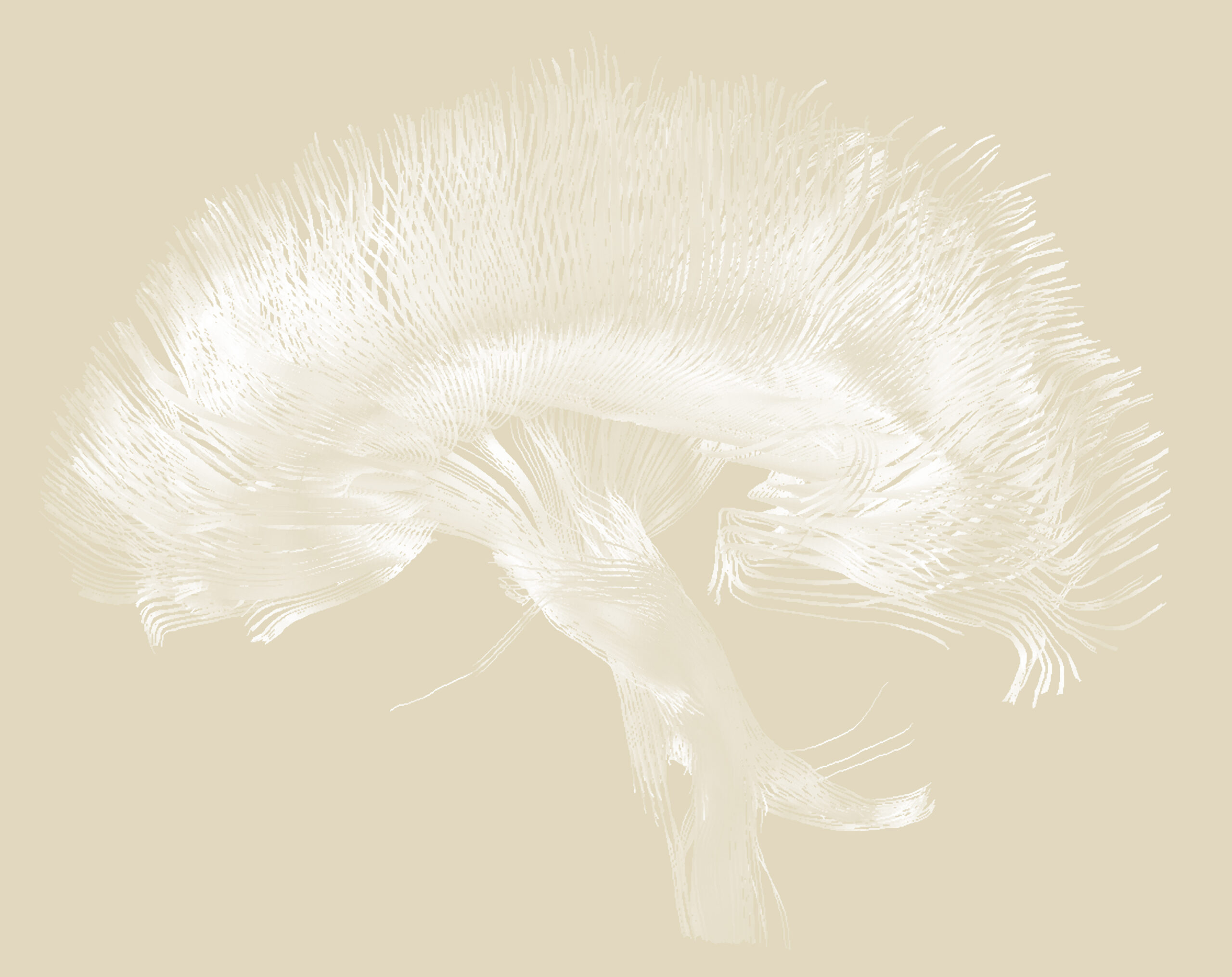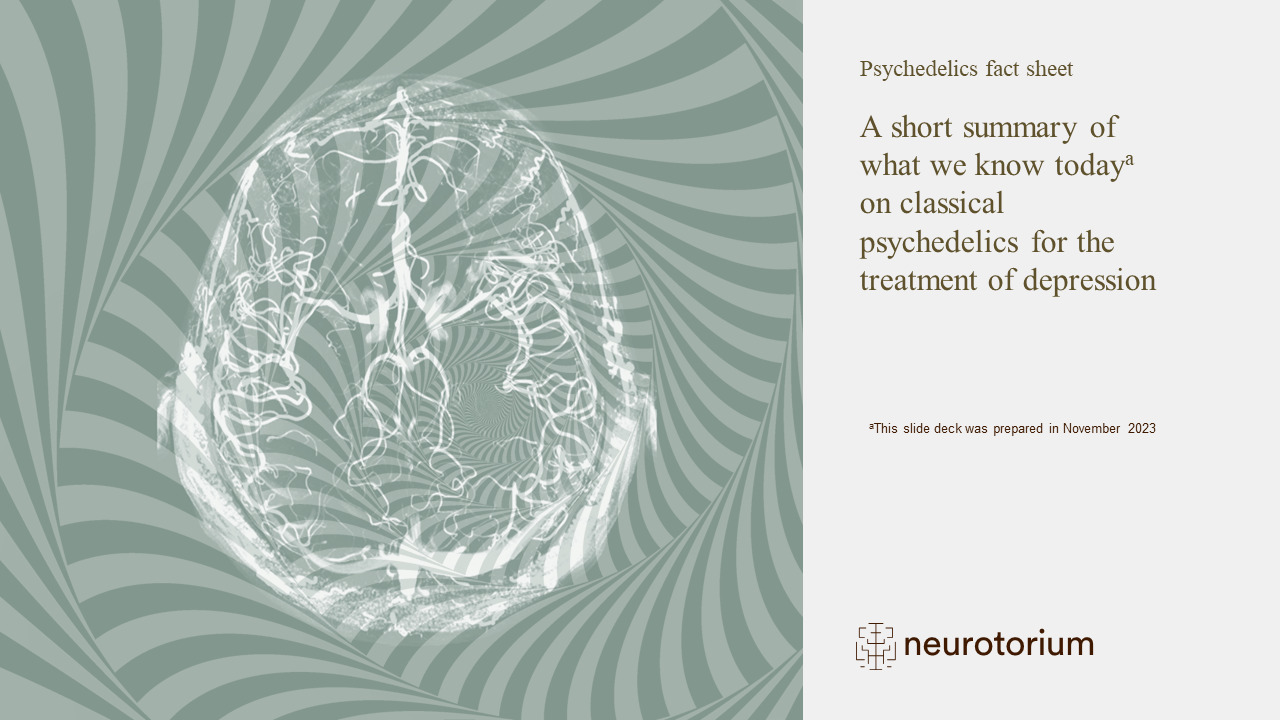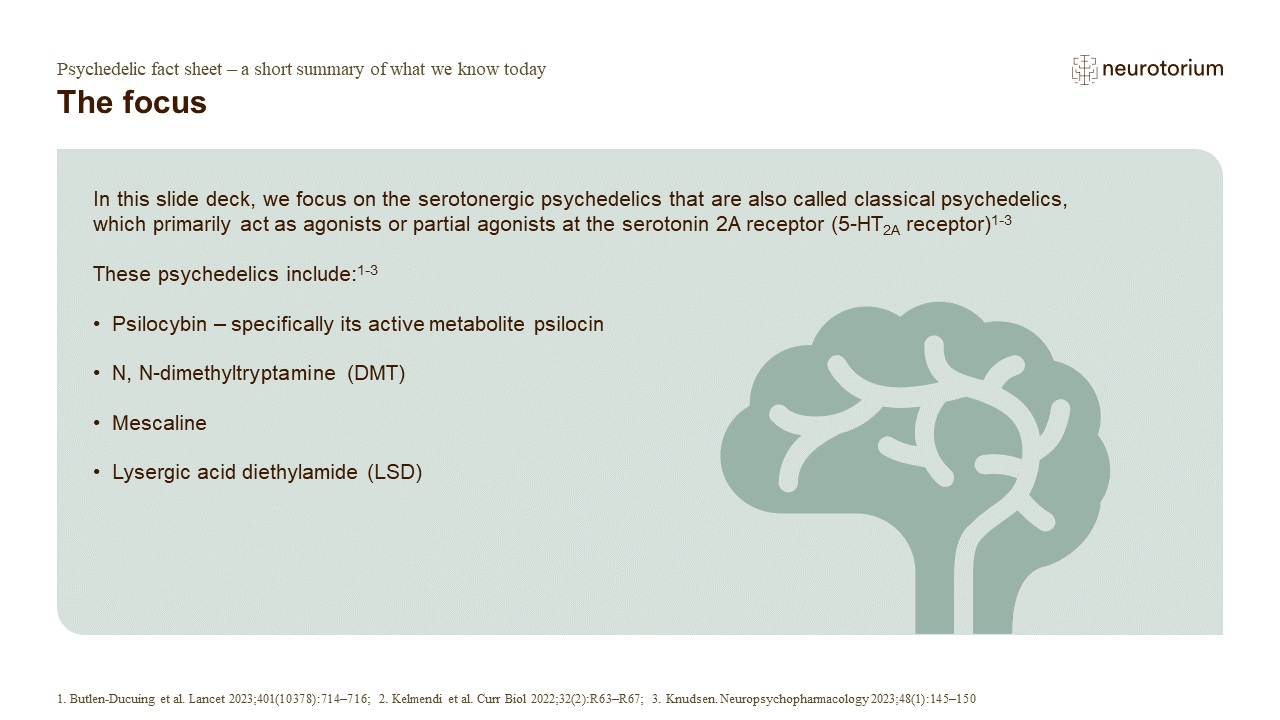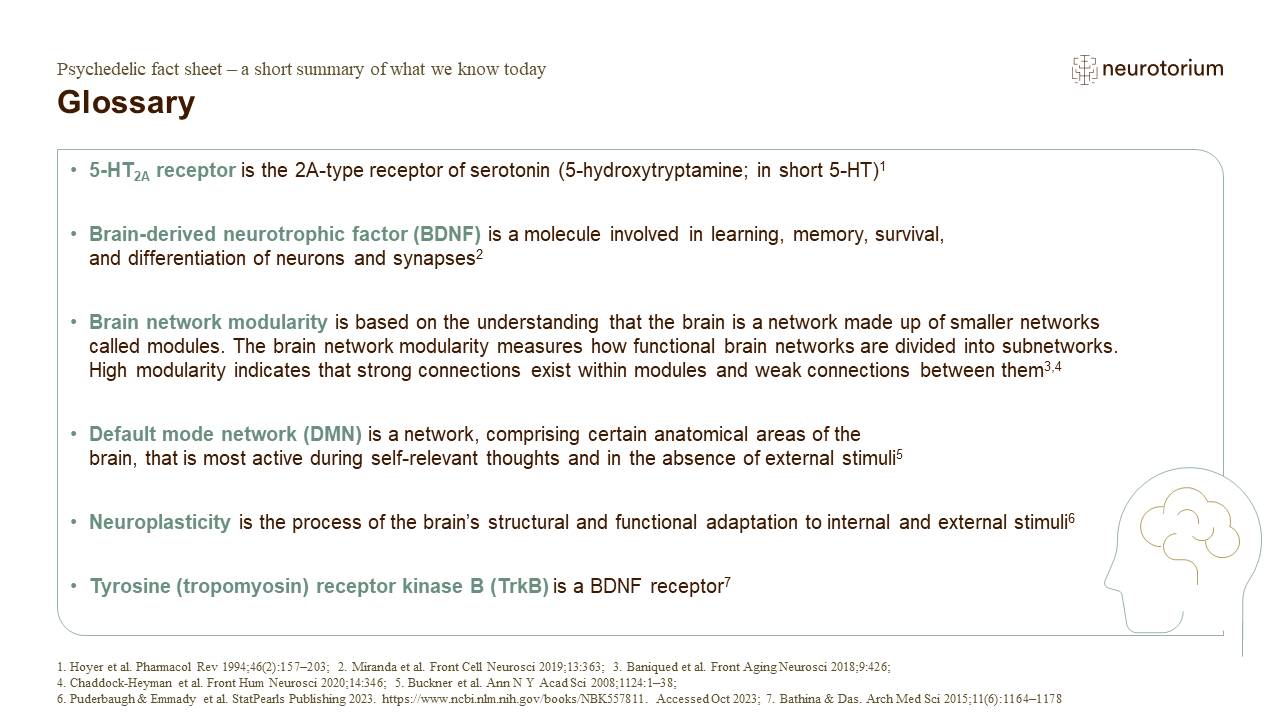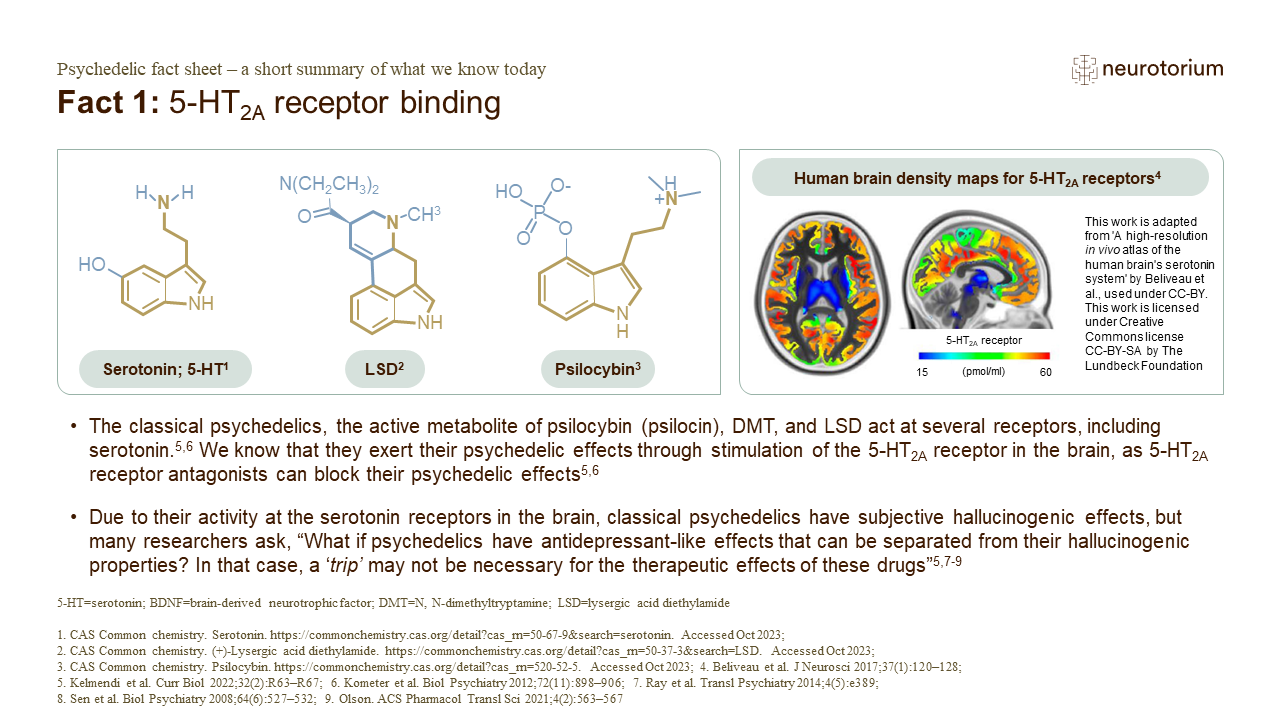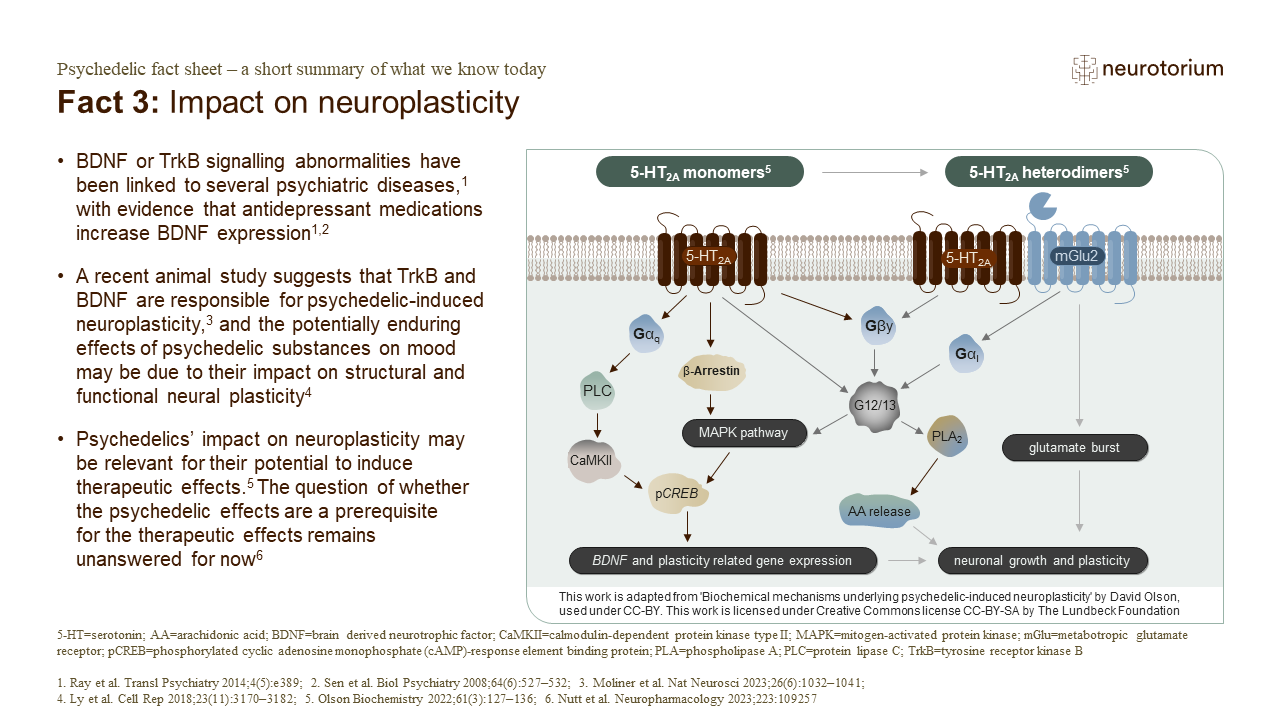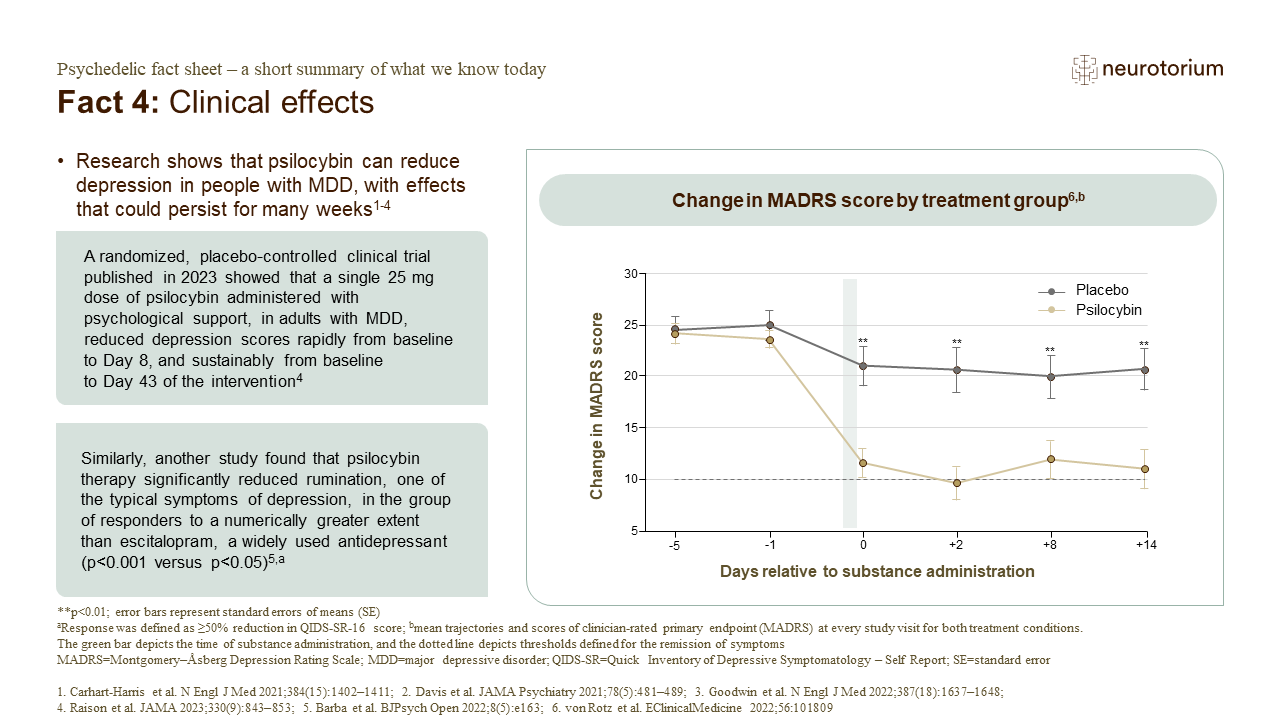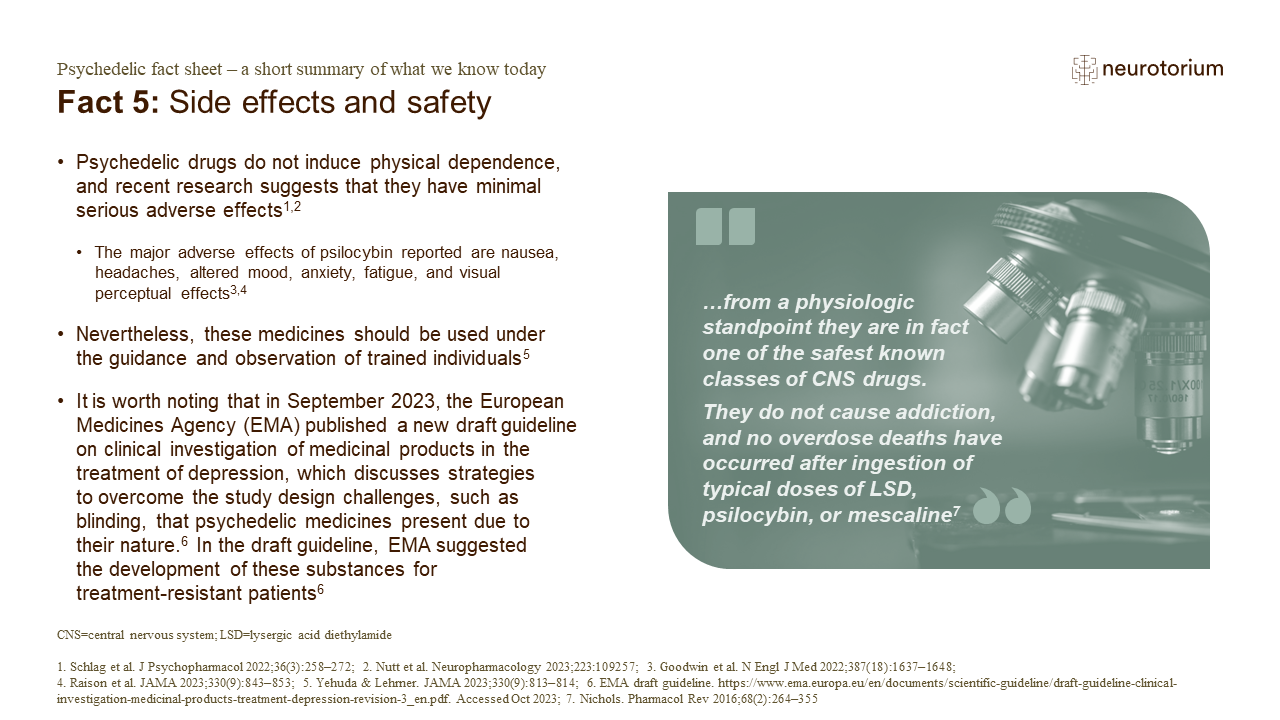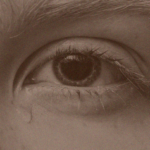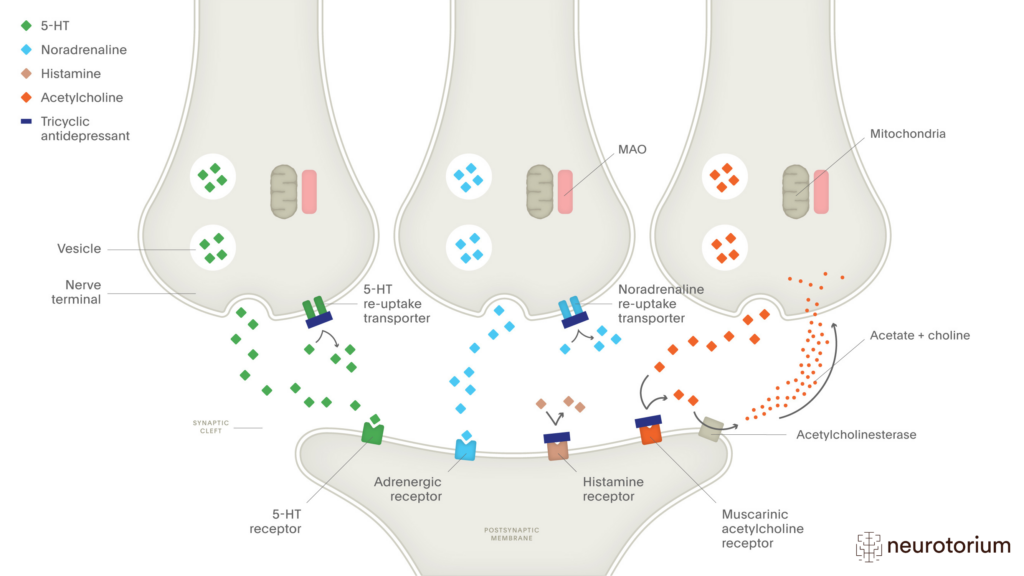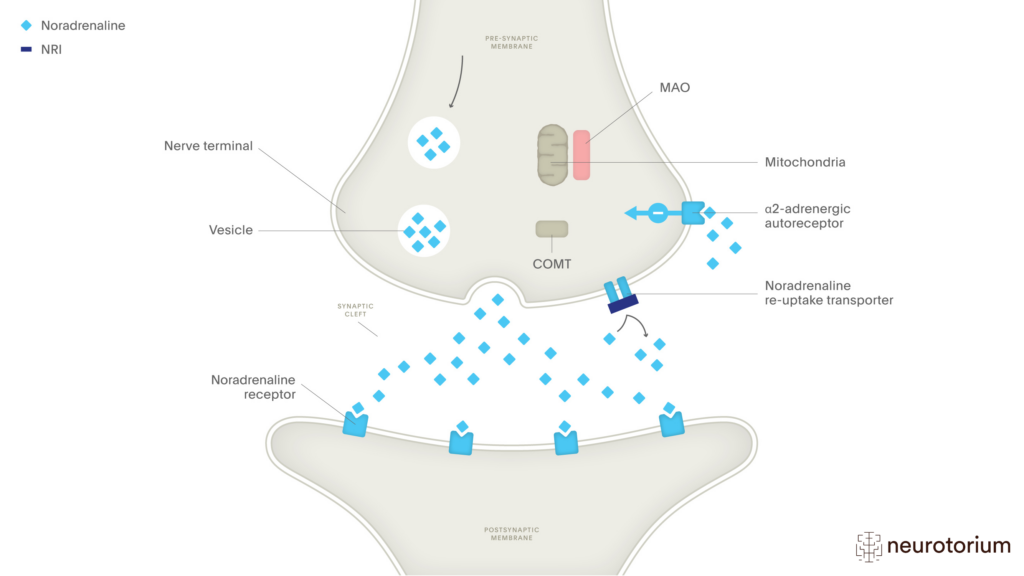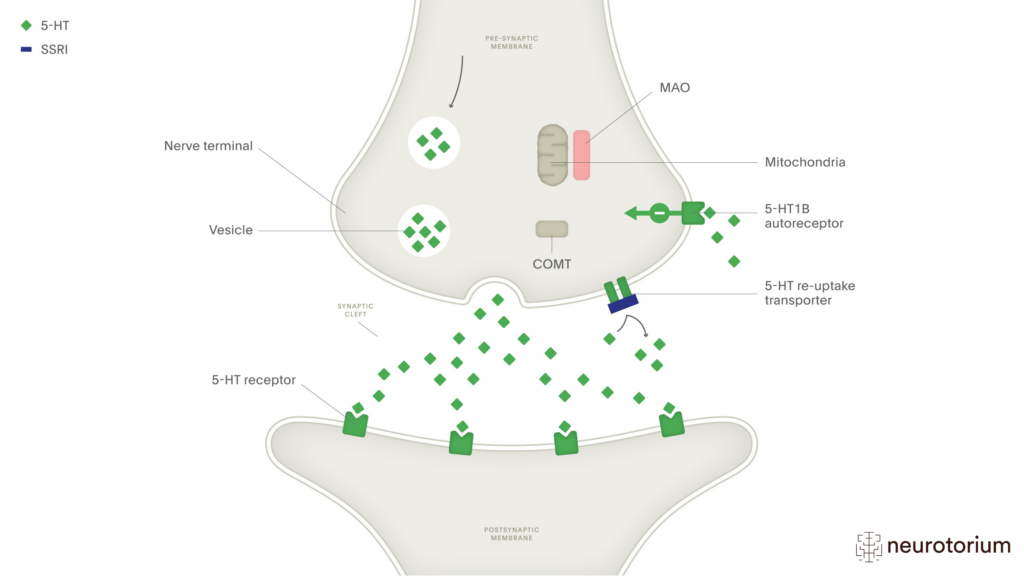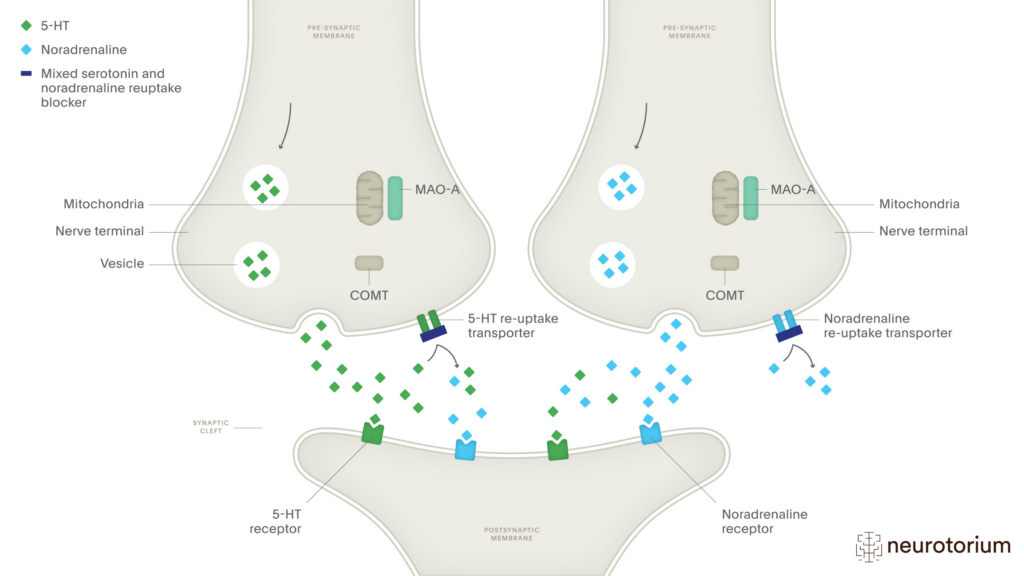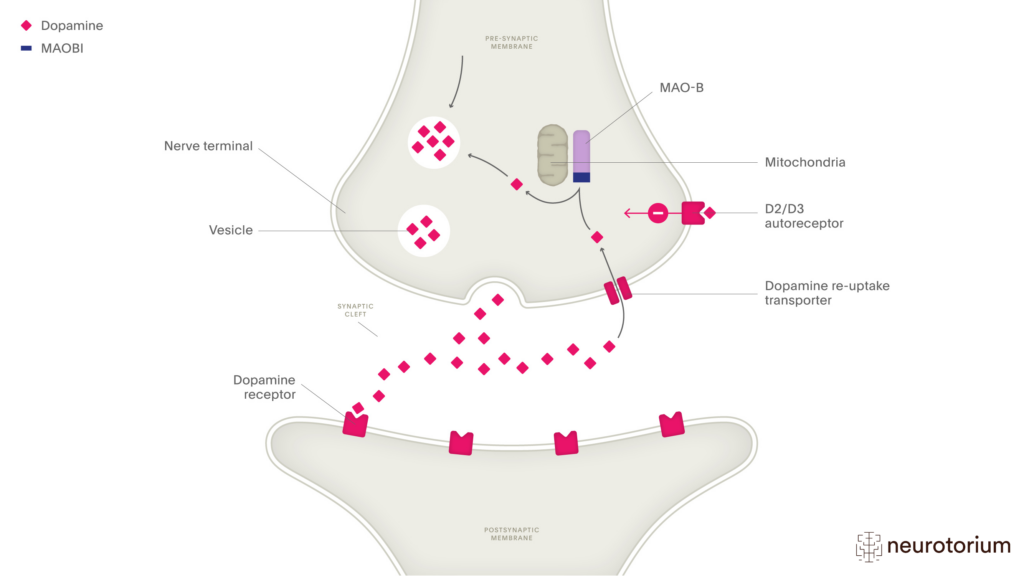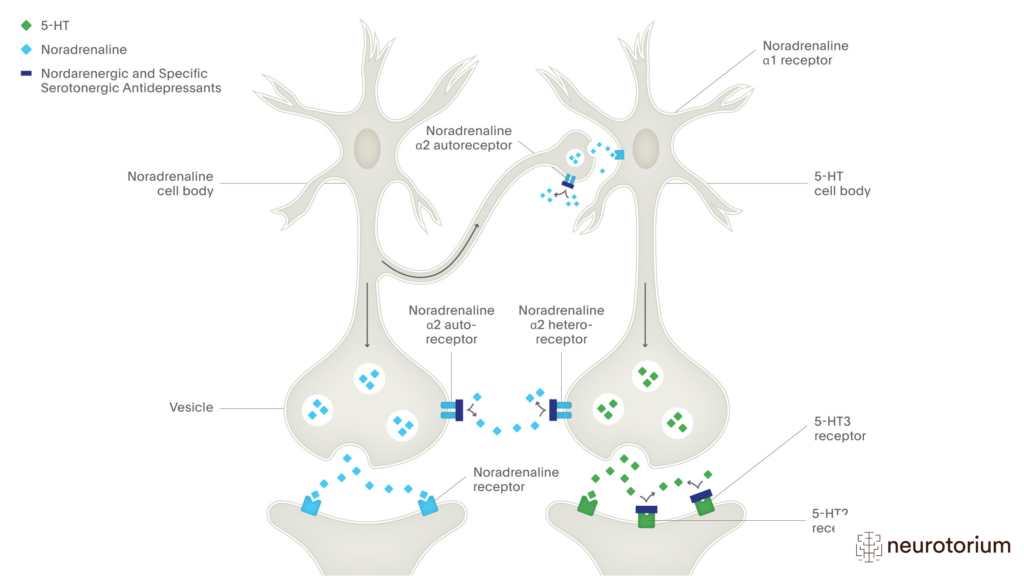Slide Decks on Depression
Depression is a clinically heterogeneous disorder. The common feature of depression is the presence of sad, empty, or irritable mood, accompanied by somatic and cognitive changes that significantly affect the individual’s capacity to function. A diagnosis based on a single episode is possible, although the disorder is a recurrent one in the majority of cases. Get an introduction to depression or dive into details on the subject by going through our slide decks. Our slide deck encompass various subjects, including functional impairment in Major Depressive Disorder (MDD), the prevalence of MDD in patients with chronic conditions, and the global significance of MDD as a leading cause of burden.
Our slide deck is free to download and use in your presentations.

Definitions and Diagnosis
This slide deck offers opportunities to discuss the core definitions of MDD as well as a presentation of the key components of its diagnosis, signs and symptoms. Go to the slide deck.
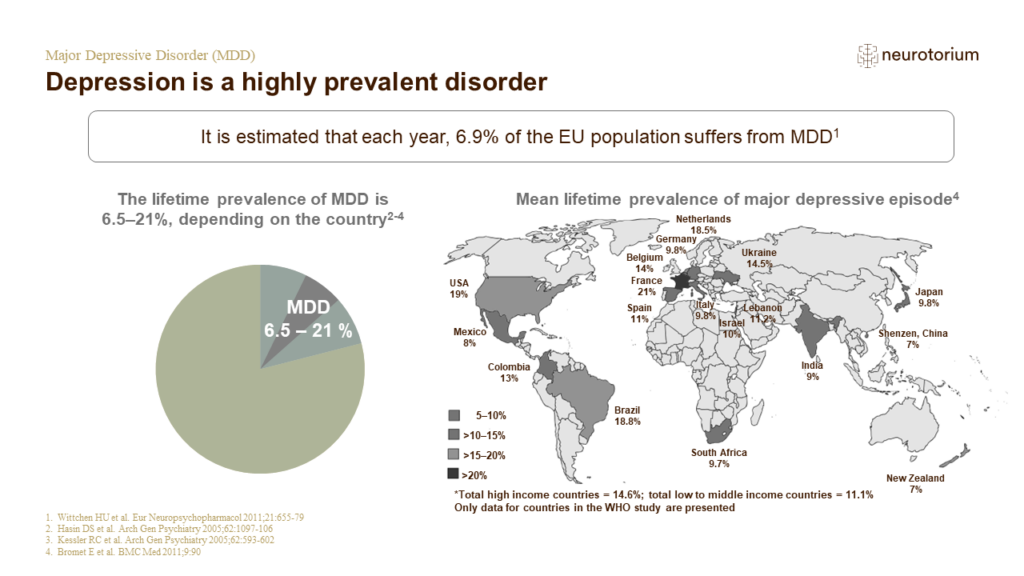
Epidemiology and Burden
This slide deck presents the essential components of the epidemiology and burden of MDD. Go to the slide deck.

Comorbidity
This slide deck includes graphic illustrations of a retrospective analysis of patient data performed to compare the prevalence of chronic conditions in patients with MDD. Go to the slide deck.
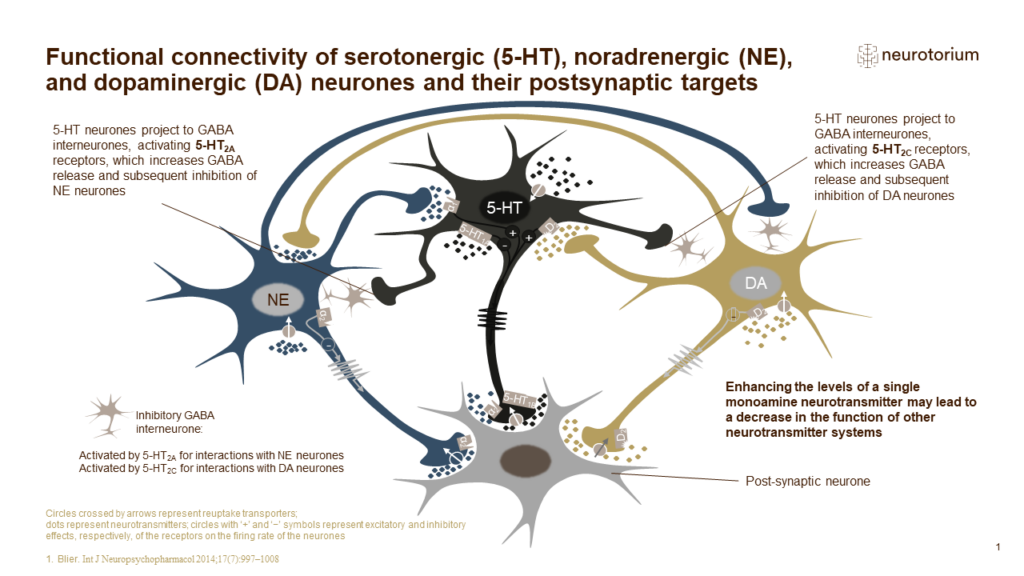
Neurobiology and Aetiology
This slide deck includes the key components of neurosynaptic transmission, neurotransmitters and hypotheses about the underlying causes of depression. Go to the slide deck.
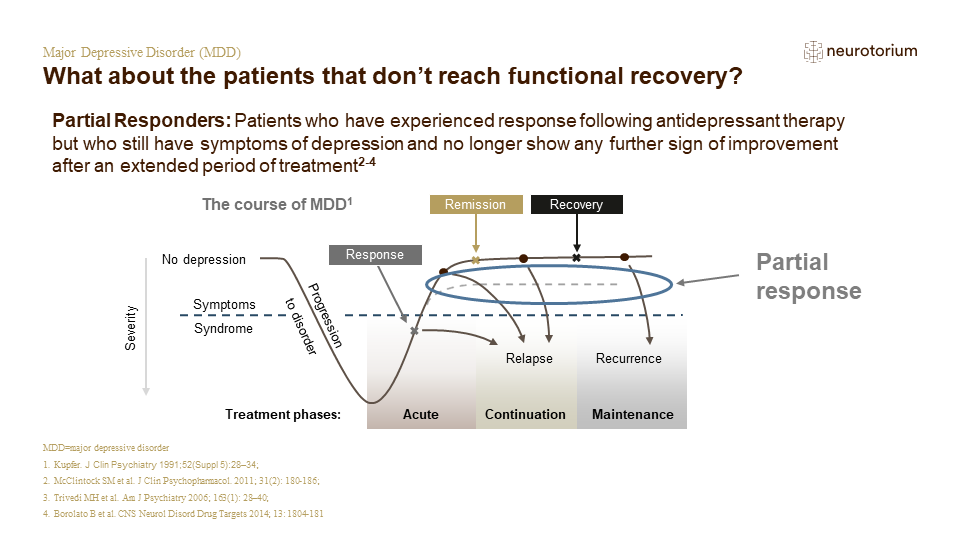
Course, Natural History and Prognosis
This slide deck covers the course, natural history, and prognosis of MDD. This includes the definition of depression based on WHO’s ICD-10 classification system or the American Psychiatric Association’s DSM-IV and DSM-5 system. Go to the slide deck.
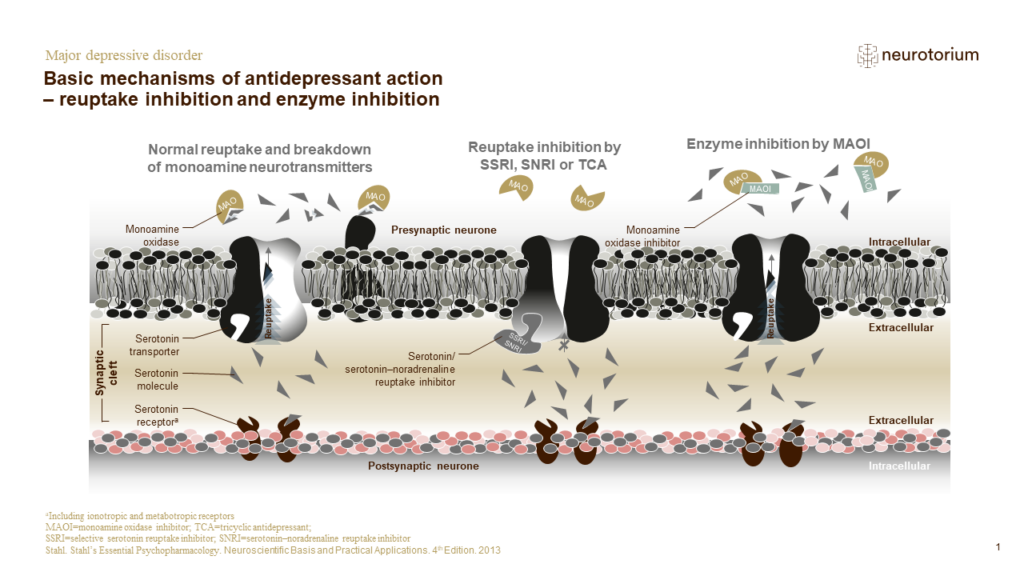
Treatment Principles
This slide deck includes infographic slides and figures illustrating the treatment principles of MDD, such as pharmacotherapy and non-pharmacological therapies. Go to the slide deck.
Articles on Depression
Major depressive disorder (MDD) is characterized by discrete episodes of at least 2 weeks’ duration (although most episodes last considerably longer) involving clear-cut changes in affect, cognition, and neurovegetative functions and inter-episode remissions.
Explore our articles to stay updated on new and relevant topics, such as the latest advances in psychiatric genetics and potential future clinical practice applications related to Major Depressive Disorder (MDD).
- Polygenic Scores in Psychiatry: The Example of DepressionThis article discusses the latest advances in psychiatric genetics, focusing on MDD, the use of PRS in research, and potential future clinical practice applications.
- Preventing Suicide – A Global ImperativeThis article addresses the global public health challenge of suicide, and explores important initiatives to improve understanding the complex causes of suicide and enhance prevention efforts.
- Inflammation in Mood Disorders: A New Day or a False Dawn?This article investigates Major Depressive Disorder (MDD) and the relationship between inflammatory markers and treatment response and resistance.
Watch the Videos on Depression
Depression often has a remitting and relapsing course, and symptoms may persist between episodes. Severity of the disorder is determined by both the number and severity of symptoms, as well as the degree of functional impairment. Access our videos for a deeper understanding of key topics in depression.
Polygenic Scores in Psychiatry: The example of Depression
Dr. Jasmina Mallet highlights the latest research in psychiatric genetics, emphasizing the role of Polygenic Risk Scores (PRS) in psychiatry.
Download Illustrations & Figures on Depression
Explore our comprehensive library of downloadable psychiatry and neurology illustrations, designed to enrich your understanding and enhance your presentations. Discover illustrations and explanations on relevant topics such as Noradrenergic and Specific Serotonergic Antidepressants, the Effects of a Noradrenaline Antagonist, Specific Noradrenaline Re-Uptake Inhibitors, and much more.


